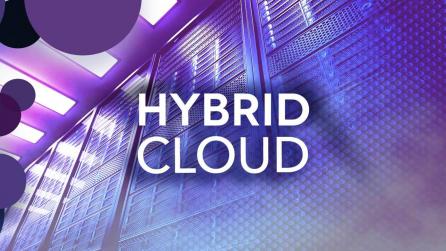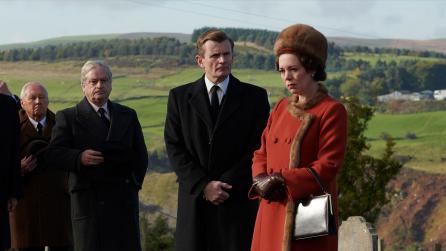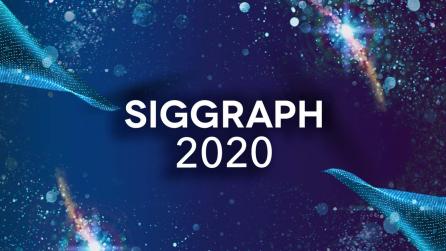Jellyfish Pictures’ journey to working in a virtual world
Cloud continues to be a hot topic as 2020 wraps up and a new year looms large. With the recovery of COVID-19 proving an international effort, more and more are asking how cloud technology can connect a workforce in flux.
Jellyfish Pictures, a global visual effects and animation studio, addressed and answered this question over five years ago.
Headquartered in Brixton, London, the studio currently has five physical offices that operate on a virtual model, fulfilling Jellyfish’s mantra: ‘Compelling Visual Effects and Animation that Bring Your Ideas to Life.’
They’re proud to count amongst their catalogue of projects LucasFilm’s Star Wars franchise, HBO’s Watchmen and season two of Amazon’s Hanna, alongside How to Train Your Dragon: Homecoming in collaboration with DreamWorks Animation.
“We’re currently working on a feature animation for a major Hollywood studio,” Jeremy Smith, Jellyfish’s CTO, tells us. “The majority of the production has taken place in people’s homes during COVID, which is an incredible achievement. This couldn’t have happened without our amazing IT infrastructure, talented artists and incredible production crew.”
Jeremy has overseen the growth of Jellyfish Pictures for over ten years, from its early days as an eight-man team to a facility that houses over 300 members of staff across the globe. He’s recently achieved his Master of Science, focusing on how cloud-based technologies can be utilized to benefit the High Performance Computing (HPC) demands of the Media and Entertainment & Broadcast industry.
Below, we catch up with Jeremy to discuss Jellyfish’s move to a fully virtual workflow, the benefits this brought to the studio and what he thinks is in store for the future of cloud technology and infrastructure.
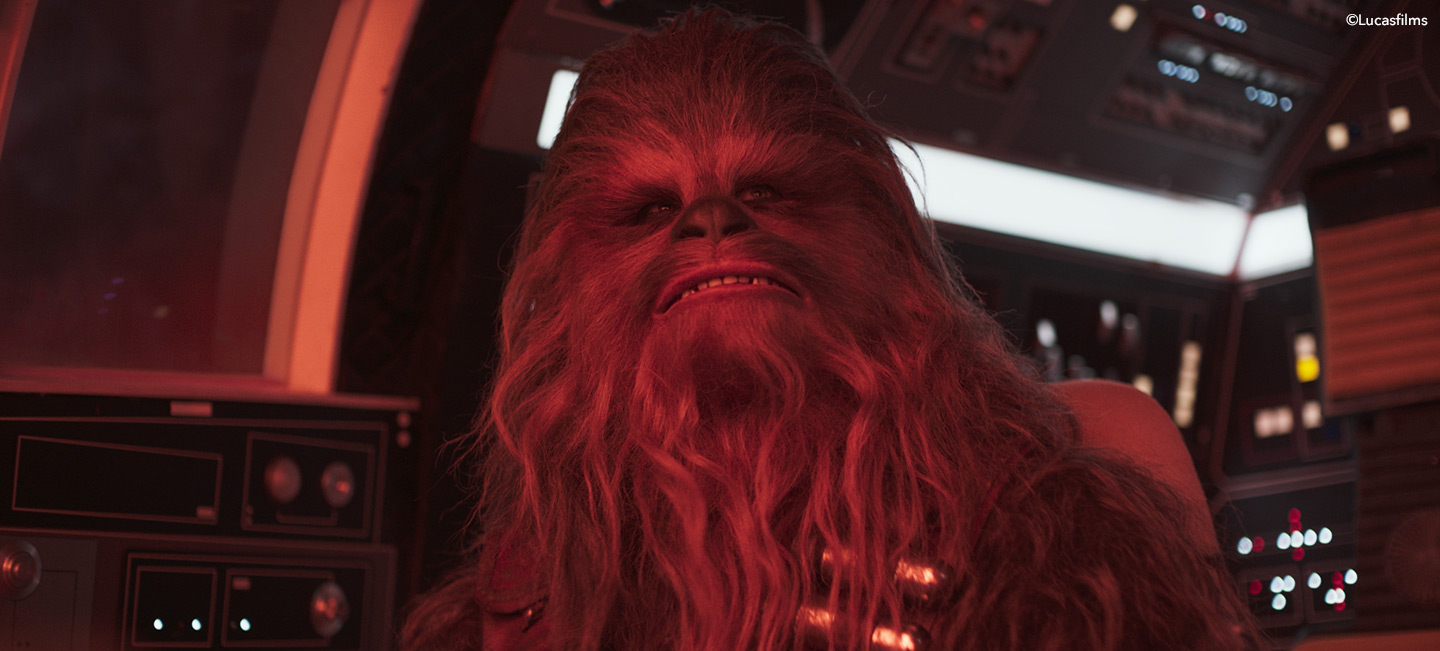
Q: You describe yourself as a ‘virtual studio’. What does that entail, exactly?
JS: This means that when you visit any of our five studios, you’ll find no computers onsite anywhere. All of our IT infrastructure is situated in a tier-one data centre outside of London or in the cloud, negating the need for an expensive comms room, and the costs associated with running it. All our artists need to do is log on to their computer in the data centre, via Teradici, and they have the same access, whether they are sat in the studio or at home.
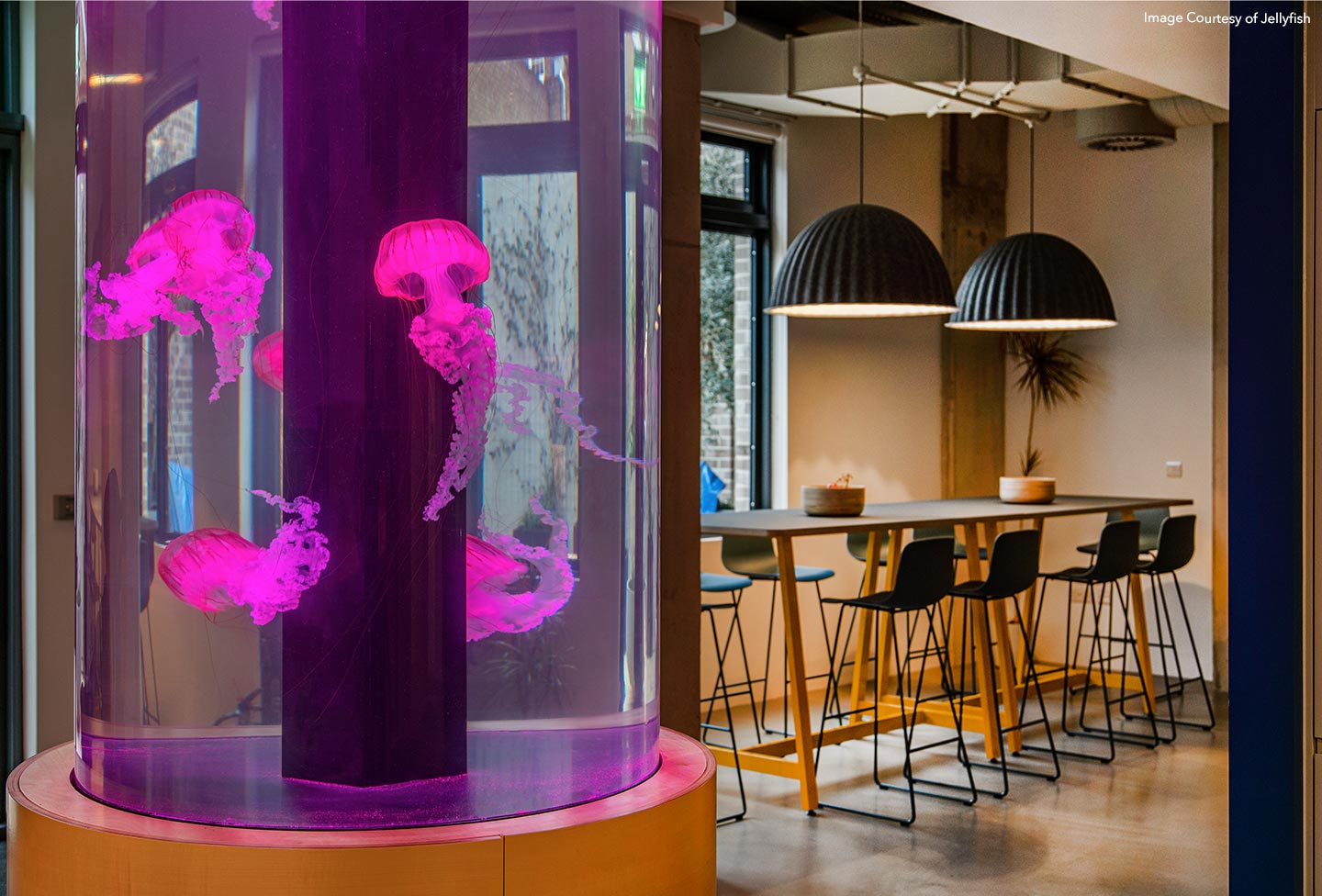
Q: What prompted your decision to establish Europe’s first wholly virtual VFX and animation studio?
JS: We launched Europe’s first virtual studio back in 2016, following a year of rapid growth and running out of studio space in, back then, our Soho and Brixton studios. I already had a great relationship with Microsoft through our advancements in cloud burst rendering and alongside this had started meeting with the team at Teradici. It was through these relationships and gaining more knowledge on virtual technologies, that I realised what the future of our industry could look like.
Opting for a virtual infrastructure meant we could scale up and scale down when demand called for it. As we know the industry works in peaks and troughs. Being able to scale up at the click of a button and scale down again is invaluable to a visual effects or animation studio.
Fast forward three years, and our current on-premise hardware was coming to the end of its life cycle, coinciding with the move to Jellyfish’s new state-of-the-art headquarters. Following the success of our first virtual studio, it was a no brainer to roll this out across all five studios. The technology had already afforded us the opportunity to open a Northern base in Sheffield.

Q: What was the main challenge you solved by going virtual?
JS: There were many things we benefited from going down the virtual route. The main thing really is that working in a virtual environment has made us truly agile. We can meet our clients demands quickly and efficiently, which wouldn’t be possible, or would come at a lot higher cost to both the studio and client, if we had stayed operating in the traditional on-prem model.
Q: Can you talk us through your cloud set-up?
JS: With Jellyfish Pictures’ IT infrastructure already housed off site and completely virtual, the company utilizes Microsoft Azure’s backbone to set up hubs all over the world, which connect back to the Jellyfish Pictures’ tier one data centre in the UK.
All content resides on PixStor, Pixit Media’s software-defined storage solution. Using its dynamic data manager Ngenea, integrated with pipeline tools and Azure, files are distributed across creative hubs quickly and securely. Artists access their content from PixStor running in the cloud hub, which guarantees their performance requirements are always met. When completed, files automatically move back to the UK datacenter.
Data never leaves the secure Azure hub, with pixels streamed to artists’ monitors via an encrypted streaming session over Teradici PCoIP technology. Data cannot be downloaded, shared or accessed, remaining fully compliant with TPN protocols and the stringent security measures withheld in the physical studios.
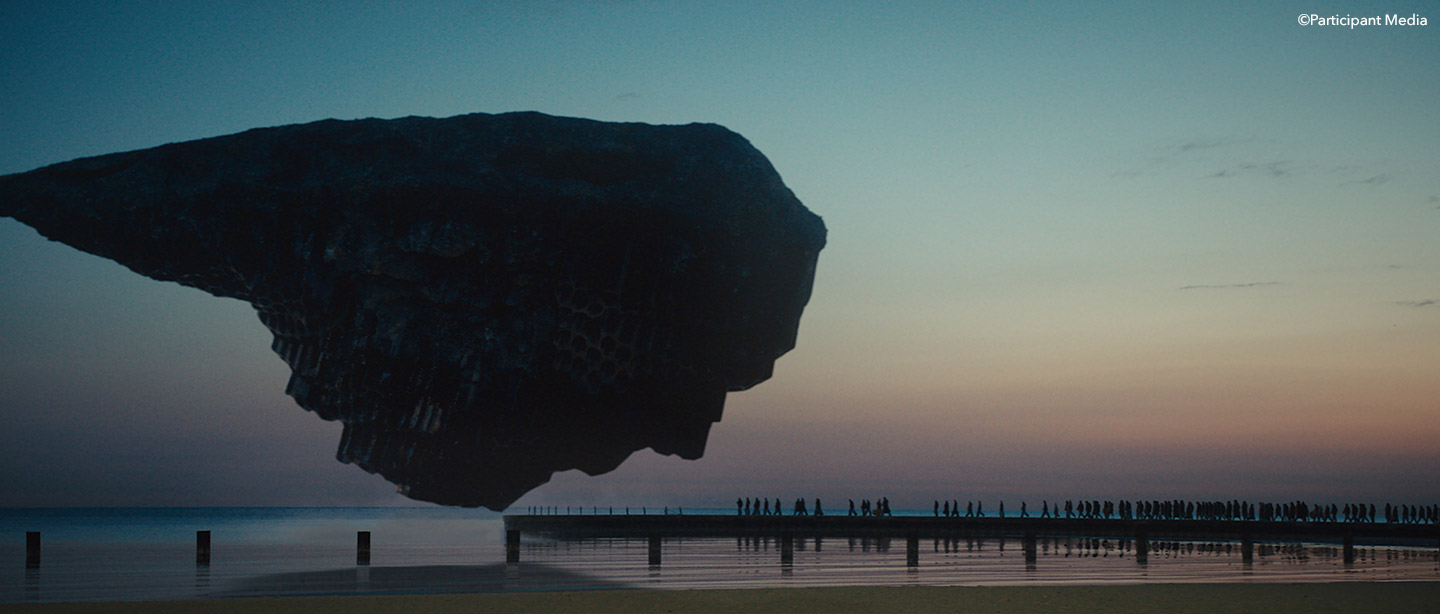
Q: What is cloud technology enabling you to do? What benefits have you seen from this way of working?
JS: There are many things the cloud powers and allows our company to do. I’ve spoken about the scalability it affords us—whether that is with rendering power or the efficient way we can grow our team, but something that we have seen recently is the expansion in our access to talent.
Rather than dragging artists in our sector around the world, chasing tax credits or insisting they have to come to the UK when visas and Brexit or a global lockdown may make this harder and less attractive, we are able to set up where the talent resides, using technology to enable them to work seamlessly, which is the philosophy we have held for some time.
Whilst video conferencing software and apps like Facetime, Teams, Zoom etc., have been around for some time and allowed us to stay connected to our friends and family around the world, Coronavirus and the need to work from home has now demonstrated that companies too can operate on this model. We have been used to having a global approach to the way we work with clients based in different time zones, which meant we already had the technology there to expand this global approach to our artists as well.

Q: What were the main challenges or ‘teething problems’ you experienced when establishing a virtual studio?
JS: The main issue really is a human one. Getting people to understand this new way of working and convince them that virtual workstations and the cloud are a genuinely more efficient and economic way of working. Jellyfish is lucky to have a visionary leader in CEO and Founder, Phil Dobree, who supported the move to a virtual studio from the beginning.
Q: As a virtual studio, how well placed were you to navigate the shift in working conditions necessitated by COVID-19? Did you have any added expenses?
JS: Truthfully, I’m unsure how our productivity would have fared if we hadn’t already implemented this model. When it became apparent that working from home and social distancing was what was best for the wellbeing of our employees we began a testing period, sending 50 artists a day so our IT team dedicated to home working could iron out issues. We took every artist on a case by case basis, ensuring they have the right equipment to be able to work, looking particularly at artist internet bandwidth and kit at home, supplying those who need additional kit one-by-one.
Our artists logging on at home via Teradici to their computer in the Data Centre is no different to if they were sat in the studio logging into it. This means that the security of our projects are not compromised and still adhere to the stringent security protocols implemented in the studio.
We essentially set up 250 mini studios across Europe in the space of a week, with the only real IT issue being if artists had monitors or strong enough broadband!
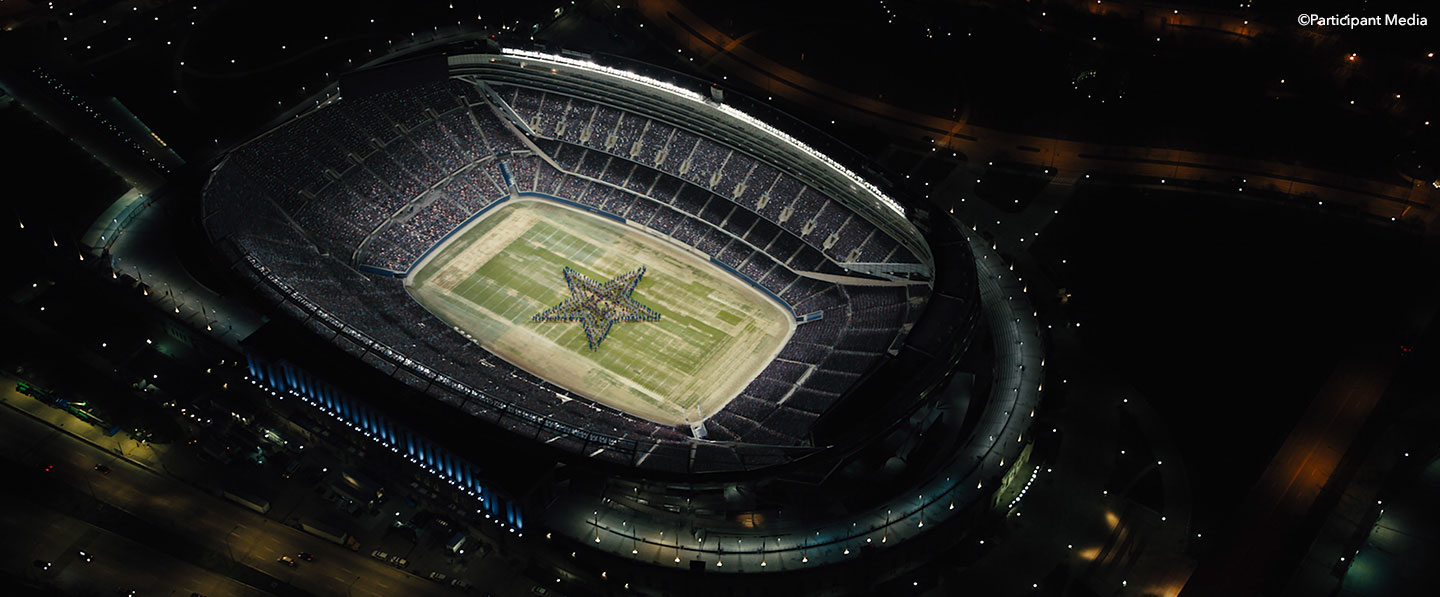
Q: What tech trends are on the horizon that you’re particularly excited by, or that will help your way of working?
A: I’m particularly excited about 5G and what that means for working remotely and in the cloud. In some areas 5G will be faster than home broadband, meaning that artists won’t have the burden of relying on slow copper broadband, with a recent Ovum report predicting that large-scale 5G deployment would consistently support average speeds of 80–100Mbps.
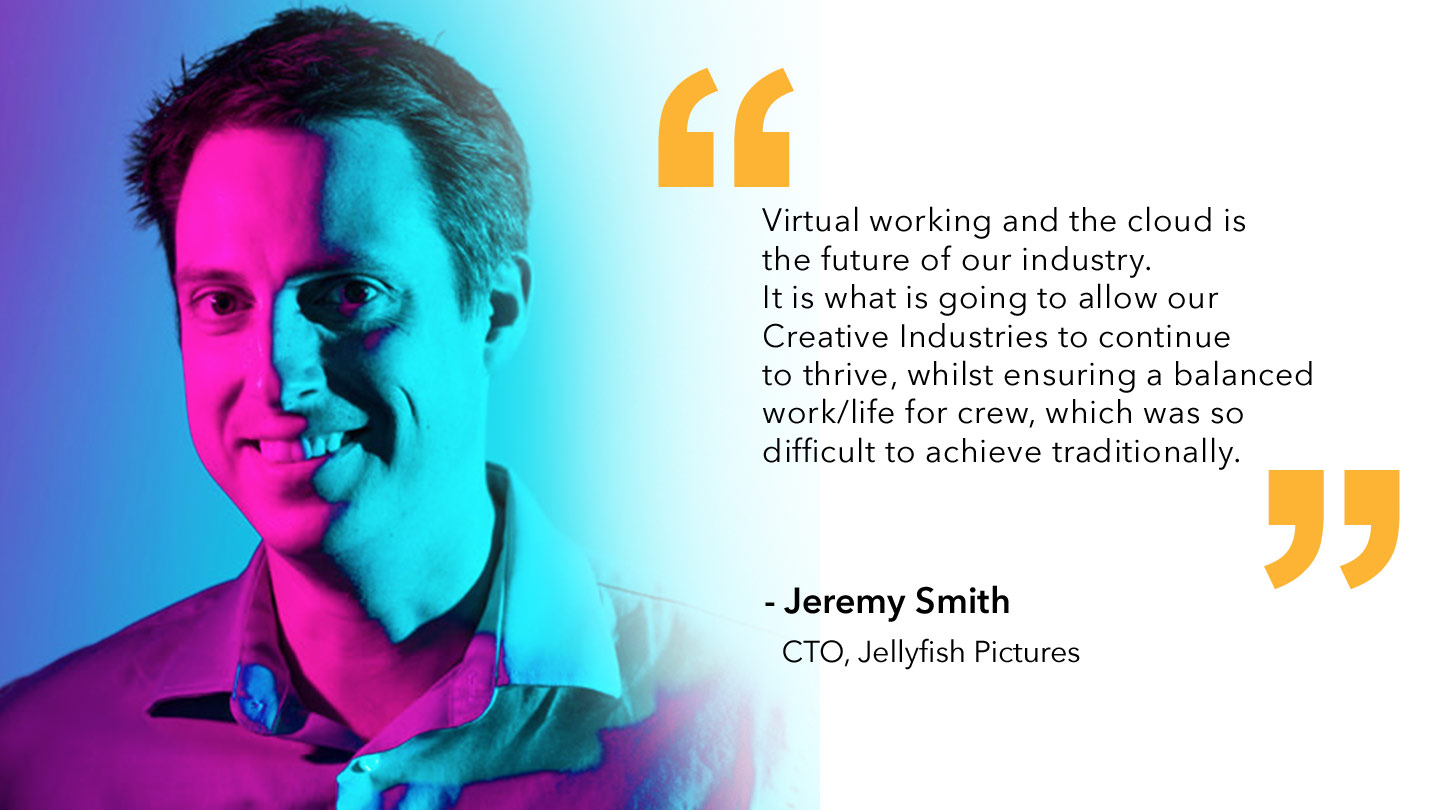
Q: What do you think is in store for the future of cloud and remote working?
A: I have always said that virtual working and the cloud is the future of our industry. It is what is going to allow our Creative Industries to continue to thrive, whilst ensuring a balanced work/life for crew, which was so difficult to achieve traditionally. It has been the saviour for our industry, and Jellyfish Pictures included, during these tumultuous times. Whilst there is still a place for studios, they are the heart of any creative company, a place where collaboration and creativity flows, having the flexibility to work from home or in your home country promotes a healthy culture, putting the needs of the talent first.
